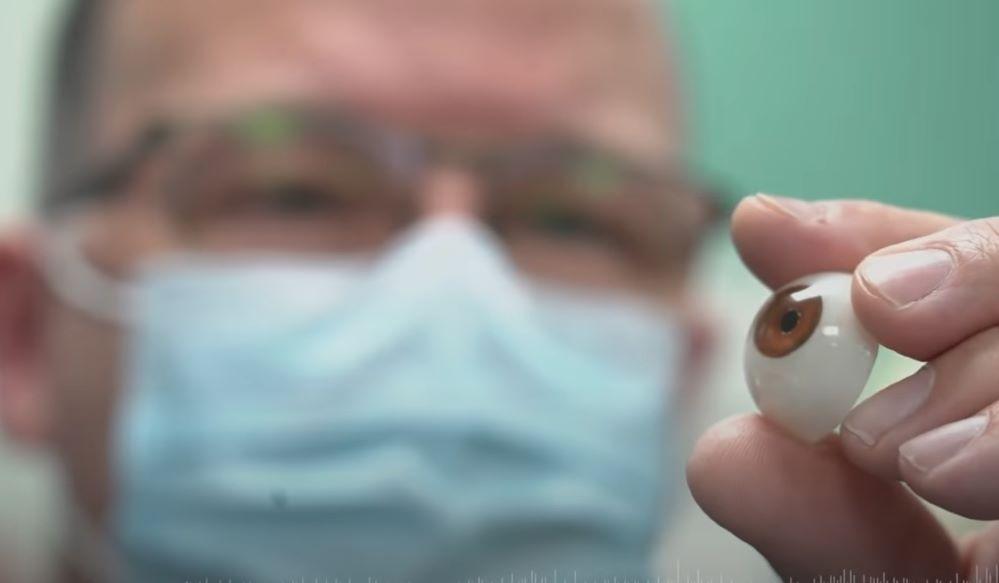
A paper describing the automatic data-driven design and 3D printing of custom ocular prostheses has been published by Nature Communications.
Millions of people require custom ocular prostheses due to eye loss or congenital defects. The paper explains how additive manufacturing technology simplifies the manufacture of ocular prosthetics in contrast to existing approaches that replace (to various degrees) craftsmanship by manual digital design that still require substantial expertise and time.
The paper presents an automatic digital end-to-end process for producing custom ocular prostheses that uses image data from an anterior segment optical coherence tomography device and considers both shape and appearance. The approach uses a statistical shape model to predict (based on incomplete surface information of the eye socket) a best fitting prosthesis shape. By using a colour characterised image of the healthy fellow eye, this determines how to generate the prosthesis’s appearance to match the fellow eye.
The prosthesis is manufactured using a multi-material full-colour 3D printer and postprocessed to satisfy regulatory compliance. The effectiveness of this approach is demonstrated through the results of 10 clinic patients who received a 3D printed prosthesis. Compared to a current manual process, the approach requires five times less labour of the ocularist and produces reproducible output.
